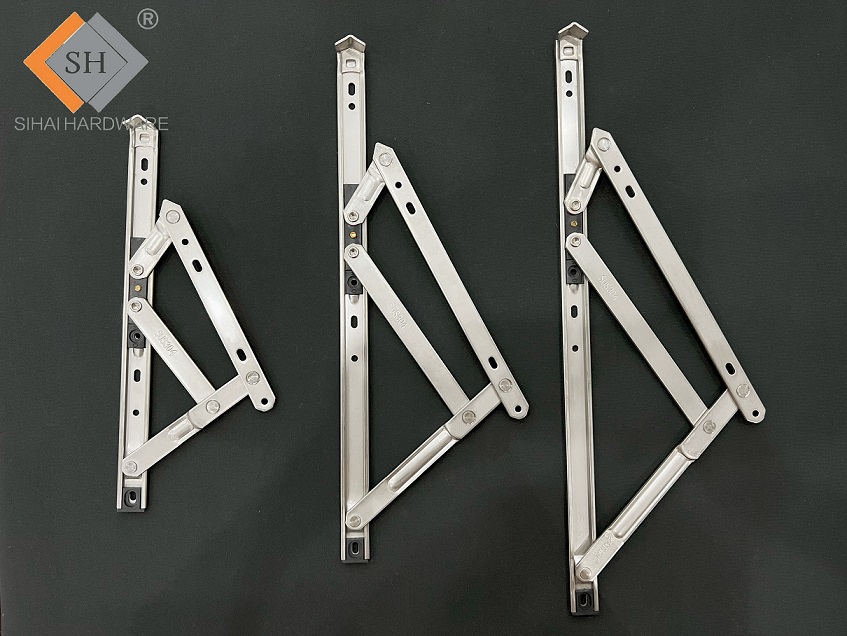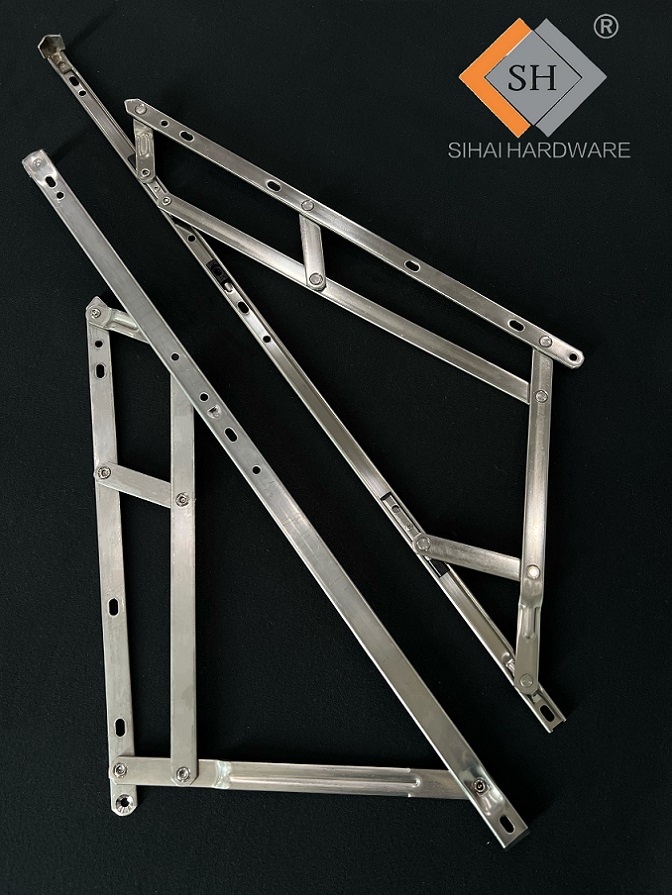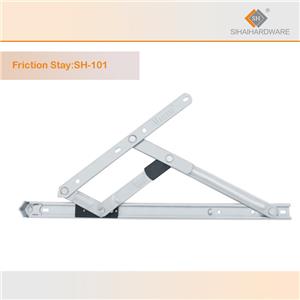TECHNIKAI CIKK SZÁM 37|A felső csuklós ablakok előnyeinek és szolgáltatásainak felfedezése
Exploring the Benefits and Features of Top-Hinged Windows
Windows are an essential element of any architectural design, serving both functional and aesthetic purposes. Among the various window styles available, top-hinged windows have gained popularity in recent years due to their unique features and benefits. In this article, we will delve into the world of top-hinged windows, exploring their definition, advantages, and potential applications.
Top-hinged windows, also known as awning windows, are a type of window that opens outward from the bottom, hinged at the top. Unlike traditional side-hinged windows, which open horizontally or vertically, top-hinged windows pivot along the top edge, creating an awning-like effect when opened. This design allows the window sash to swing outward, forming an angle that projects away from the building facade.

Advantages of Top-Hinged Windows:
1. Ventilation: One of the primary advantages of top-hinged windows is their ability to provide excellent ventilation. When opened, the window creates an upward-sloping surface that directs airflow into the room while preventing rainwater from entering. This unique design allows for continuous ventilation, even during light rain showers.
2. Weather Resistance: Top-hinged windows are particularly effective at keeping out undesirable weather elements. The outward-opening design, coupled with a compression seal, creates a tight barrier against wind, rain, and snow. This feature enhances the window's energy efficiency by reducing air leakage and minimizing heat transfer.
3. Natural Light and Views: With top-hinged windows, you can enjoy an unobstructed view of the outside world. The absence of a center mullion, typical in double-hung or sliding windows, allows for a larger glass area, maximizing natural light penetration and providing expansive views of the surroundings.
4. Versatility: Top-hinged windows are suitable for various architectural styles, from modern to traditional. Their clean and minimalist appearance blends well with contemporary designs, while their functionality and charm make them a viable option for historic or heritage buildings.
5. Privacy and Security: Awning windows offer enhanced privacy, especially when placed higher on the wall. Since the window opens at an angle, it allows fresh air and natural light to enter while maintaining a certain level of privacy. Additionally, when properly fitted with secure locks, top-hinged windows provide a high level of security against intruders.

Applications:
Top-hinged windows are versatile and can be used in different areas of a building, including:
1. Bathrooms: Due to their excellent ventilation properties and privacy features, awning windows are commonly installed in bathrooms. They allow for proper airflow while maintaining privacy.
2. Kitchens: Top-hinged windows placed above countertops or sinks can facilitate easy access to fresh air and natural light. Their outward-opening design prevents steam and cooking odors from accumulating indoors.
3. Basements and Utility Spaces: Awning windows are often used in basements or utility rooms to improve ventilation and bring in natural light, despite being located at or below ground level.
Top-hinged windows, or awning windows, offer a range of benefits that make them an attractive choice for homeowners and architects alike. From their superior ventilation capabilities and weather resistance to their aesthetic appeal and versatility, these windows have established themselves as a popular option. Whether you're seeking improved air circulation, energy efficiency, or an unobstructed view, top-hinged windows provide a practical and visually appealing solution for your architectural needs.




